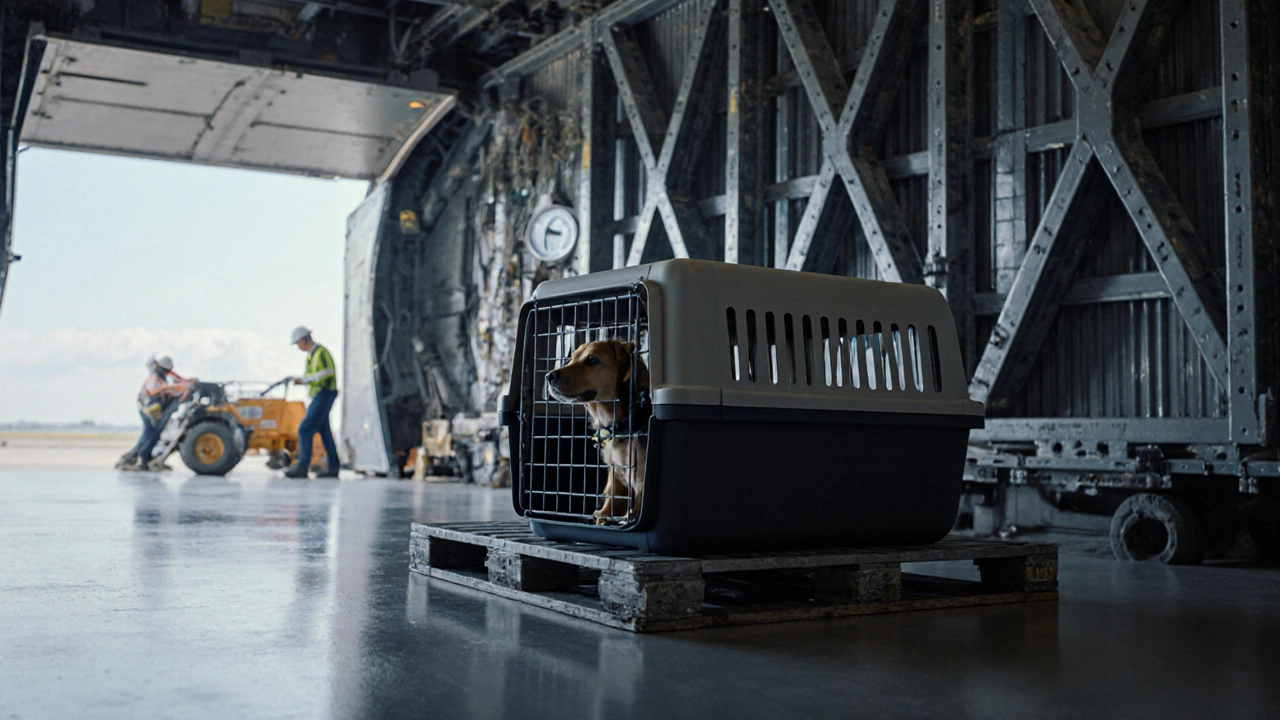Airline Cargo Pet Shipping Guide
When planning to send your furry friend via airline cargo pet, the process of transporting animals in the cargo hold of commercial flights. Also known as pet cargo service, it requires careful preparation because airlines treat cargo pets differently from cabin pets. Airline cargo pet shipping encompasses regulatory compliance, carrier specifications, and fee structures. Understanding these pieces helps you avoid surprises at the airport and keeps your pet safe. This guide connects the dots between pet travel, airline pet policy, and the practical steps you’ll need to follow.
Key Considerations for Cargo Pet Shipping
First, size matters. A pet carrier size, the crate or container that meets airline dimension limits for cargo determines whether your dog or cat can travel as cargo. Most carriers must fit inside the cargo bin, usually no larger than 44 × 30 × 24 cm for small breeds, but bigger crates are allowed for larger animals if the airline offers a dedicated animal cargo service. Next, fees. Cargo pet fees vary widely: budget airlines may charge £50‑£120, while full‑service carriers can exceed £250, especially for oversized or long‑haul flights. These costs often include handling, shelter, and temperature monitoring.
Second, the airline pet policy drives every decision. A airline pet policy, the set of rules each carrier enforces for animal transport outlines health document requirements, seasonal restrictions, and breed limitations. For instance, many airlines ban brachycephalic breeds (like Bulldogs) from cargo during hot months because of heat‑stroke risk. Knowing the policy lets you schedule travel when your pet is eligible and prepare the right paperwork—typically a recent health certificate, proof of vaccinations, and a completed cargo declaration form.
Finally, preparation on the ground makes the flight smoother. Acclimate your pet to the carrier weeks ahead, use absorbent padding, and avoid feeding a large meal 4‑6 hours before departure to reduce bathroom emergencies. Some travelers add a scent‑familiar blanket to calm anxiety, and a small water bottle can be attached to the crate for long hauls. These steps align with airline safety protocols, which mandate that cargo pets be in secure, ventilated containers throughout the journey.
With these components—carrier size, fees, and airline policies—you now have a clear roadmap for airline cargo pet shipping. Below you’ll find detailed articles that dive deeper into size guides, airline rankings, bathroom solutions on long flights, and more. Browse the collection to find step‑by‑step checklists, real‑world tips, and the latest 2025 airline rankings that will help you decide the best way to get your pet to its destination safely.
Posted By Bryndle Redding On 18 Oct 2025 Comments (0)
Dog Cargo Flight: How Traumatic Is It Really?
Learn how stressful a dog cargo flight can be, spot signs of anxiety, and follow a detailed checklist to keep your pet safe and calm during air travel.
READ MORE